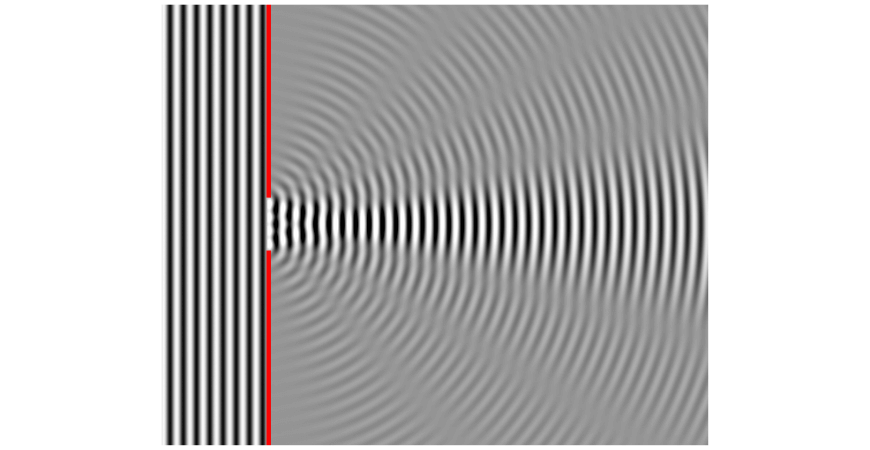

He persuaded his colleagues Walter Friedrich and Paul Knipping – both of whom had more practical experience with X-rays than von Laue himself – to perform the experiment, the results of which showed diffraction spots surrounding the central spot of the primary beam. In 1912, Max von Laue and colleagues at the University of Munich, Germany came up with the idea to send a beam of X-rays through a copper sulfate crystal and record the results on photographic plates. Hope you had a good read.Wave diffraction was first observed in the 17th century, but it wasn’t until 1803, when Thomas Young performed an experiment to observe waves diffracting through two slits, that the phenomenon began to be more fully understood. If you are enthusiastic enough, you can always browse the internet for more information on the subject and of course, you will have to keep your eyes open at the same time to detect those effects from your daily life activities. There are several other optical effects of diffraction. Just keep an eye out for the next time when you handle DVDs/CDs and you’ll surely understand what we are talking about. You have surely seen that a lot if you handle a lot of CDs/DVDs. The closely spaced tracks on a DVD or a CD act as a diffraction grating thereby forming similar rainbow patterns. The optical effects of diffraction are often visualized in everyday life. The interference of light waves results in the production of optical effects. The illustrative image shown above depicts the way through which light bends around tiny cloud droplets. The coronas that surround the sun or the moon can also be considered a good example of this phenomenon. Fringes of dark, light or colored bands are produced from diffracted light.Ī simple example of this is the silver lining found at the edges of clouds. These atmospheric particles are minute water droplets found in clouds. In the atmosphere, light actually gets diffracted around atmospheric particles. The basic descriptions of diffraction are practically those in which the situation is reduced to a 2-dimensional problem. The propagation of waves can be envisioned by considering each and every particle of transmitted medium on a wave-front.Ī qualitative understanding of diffraction phenomenon can be obtained by considering the way through which the relative phases of individual secondary wave sources vary more specifically, the conditions in which the phase difference is equal to half a cycle.

Mechanismĭiffraction arises due to the way through which waves propagate. If the slit and the wavelength of light are almost equal in size, the amount of bending can be noticed easily with the naked eye. If the slit is noticeably larger than the wavelength of light, the bending of the light will be almost unnoticeable. The amount of bending is dependent on the relative size of the wavelength of light to the size of the slit (opening). We’ll discuss this matter in greater detail in this article. It occurs with all waves including the likes of sound, water, electromagnetic waves (visible light, radio waves and X-rays).

These effects also occur when light travels through a medium having varying refractive index or when sound waves travel through a medium having varying acoustic impedance.ĭiffraction is not limited to only sound or light waves. It’s defined to be the bending of light around the corners of an aperture or an obstacle. Diffraction refers to those phenomena that occur when a wave encounters a slit or an obstacle.


 0 kommentar(er)
0 kommentar(er)
